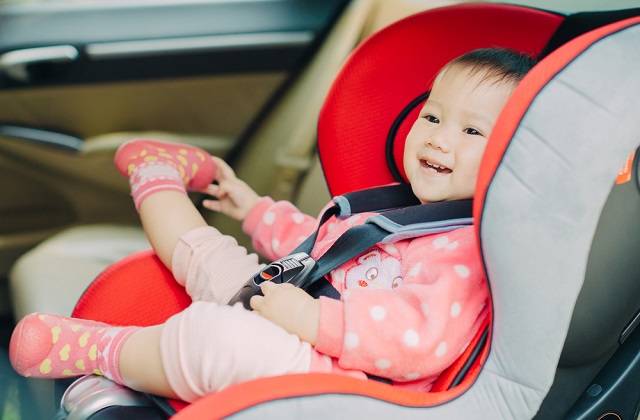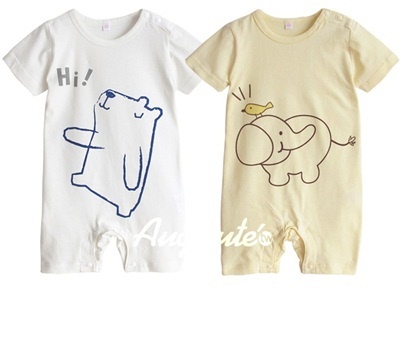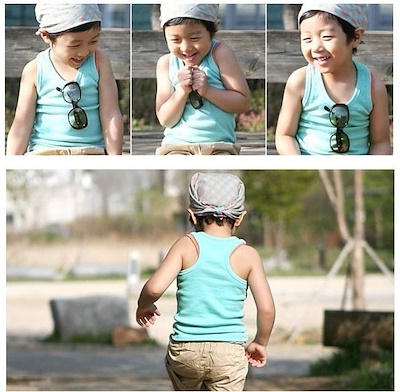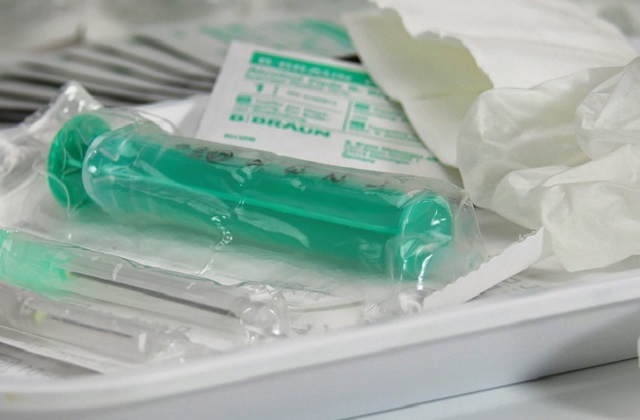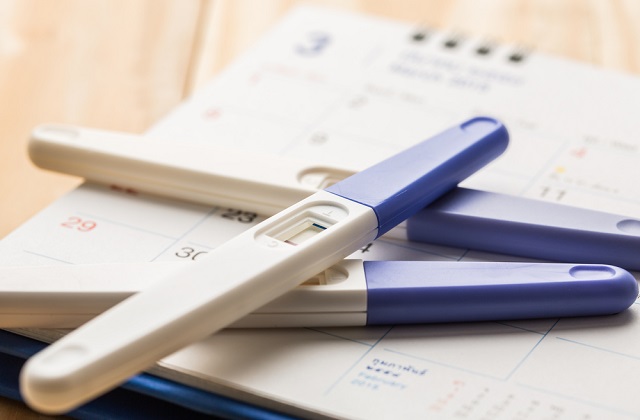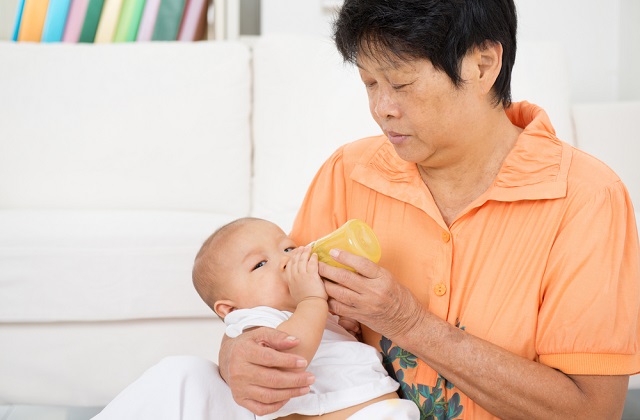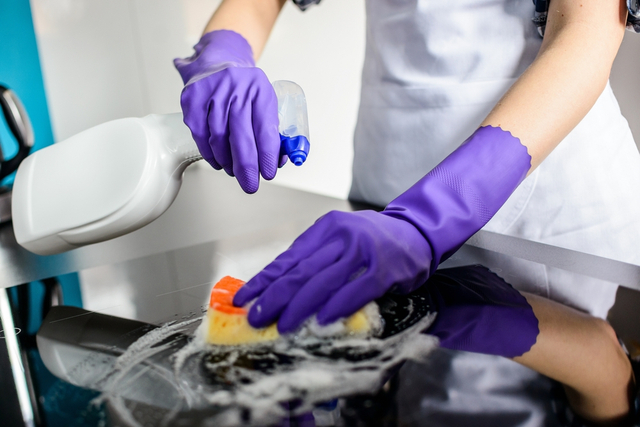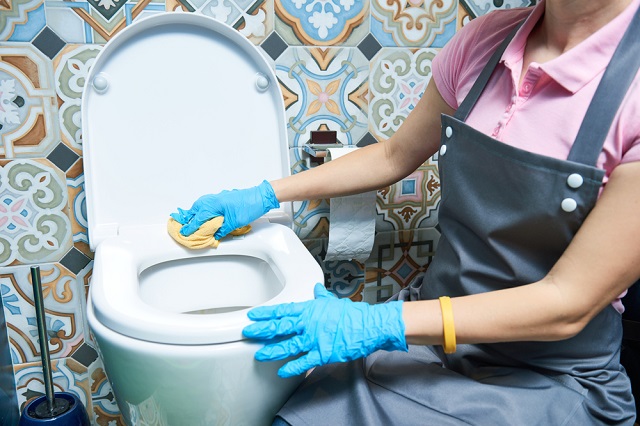Selecting Car Seats For Your Child
If you own a car, having a car seat for your child is necessary. In Singapore, car seats are mandatory for all children under the age of 8.
A correctly strapped car seat can reduce the chance of a fatal injury by more than 50% for children. According to studies, if the child is not restrained in a car, he or she will be subjected to a fatal impact even if the car crashes at a low speed like 25km per hour. Even the child is held in adult's lap, it will take 0.1 second for the child to hit the windscreen even at low speed.
Installation of the Car Seat
First and foremost, you need to a buy a car seat that is suitable for your child's weight. This is to make sure the car seat can effectively protect your child in event of an accident.
Point of impact for most car accidents is in the front, so your child is safer in the back. Furthermore, the airbag which will be inflated during a crash is only for adult usage. It is, in fact, dangerous for children as it may cause suffocation. Children are safest in the middle of the back seat to prevent them from touching door locks. Do take note that your back doors should be locked and windows should be closed when your child is on the car.
You should follow instructions on the manual to install your car seat and check with the store staff for any special instruction to install the car seat. Make sure the seat is tight against the car's seat itself. If necessary or provided, the belt that holds the car seat in may need a hook or special lock to keep the seat steady and tight against the car. The chest clip should be level with your child's arm while the lap belt should be across his or her hips.
Selecting Car Seats - According To Age:
The Prenatal Stage
The child in the womb of a pregnant woman needs special attention and protection. There is a surprisingly high rate of miscarriages due to car accidents every year. Unbelted women are 2.8 times more likely to have a miscarriage in a car crash.
Head trauma is the most common direct fetal injury. Head trauma results from the baby being compressed between the maternal pelvic bones and the seat belt or steering wheel.
Hence, the best way is for the pregnant woman to wear the seat belt and use a crash-tested pregnancy seat belt positioner. It redirects the seat belt away from the pregnancy. An example is the Tummy Shield which provides protection by directing the seat belt away from the belly, creating a leg harness like a race car driver.
0 to 4 years old: Rear-facing Car Seat
Infants and toddlers should ride in a rear-facing car safety seat (CSS) until they are at least 2 years old and ideally until age 4 years old or the highest weight and health allowed by the manufacturer of their CSS.
Research has shown that rear facing is 5 times safer than forward facing. This is because while a child is forward facing, the child's body is being restrained by the harness strap but the neck and head are unrestrained. The child’s body is dependent on the strength of his spine to handle the stress of a crash. An average nine-month-old child’s head makes up 25% of his body weight; while an adult’s head only makes up 6% of its body weight.
However, when a child is rear facing the child’s head, neck and back are supported and protected by the car seat, reducing the stress to the child’s fragile neck and spinal cord.
Types of rear-facing seats:
Infant seat: A portable seat designed for newborns and small babies. These can only be used in a rear-facing position.
Convertible seat: This can be changed from a rear-facing seat to a forward-facing seat and will allow a child to remain rear-facing longer. Some are suitable for a newborn and as your child's first seat.
All-in-one seat: This can go from rear facing to forward facing to belt positioning and thus may be used for a longer period of time.
4 to 6 years old: Forward-facing Car Seat
A child would typically need to change from a rear-facing car seat to a forward-facing car seat at the age of 3 or 4.
When choosing a forward facing car seat, always choose one with a 5 point harness which will contact the strongest points of the child's body to distribute the crash forces.
It is also important to use the tether to secure the forward-facing car seat as it limits the child's forward head movement.
Types of forward-facing seats:
Convertible seat: This can be changed from a rear-facing seat to a forward-facing seat.
All-in-one seat: This can go from rear facing to forward facing to belt positioning.
Combination seat with the harness: This seat goes from forward facing to a belt-positioning booster when the child has reach the harness limits.
RideSafer travel vest: A vest worn by the child with seat belt guides to properly position the seat belt. This works as a travel car seat.
6 to 9 years old: Belt Positioning Device
At the age of 5 or 6, your child will outgrow the forward facing car seat and can switch to using a belt position booster seat or a vest such as the RideSafer.
The booster seat lifts the child up to fit the seat belt while the vest brings the seat belt down to fit the child. Both ensure that the 3-point seat belt contacts the strongest points of the child 's body - a shoulder and the hips.
Without these devices, the seat belt would not stay in proper position and is uncomfortable for the child. It may end up behind the child's back or under the arm.
Type of belt-positioning devices:
Booster seat
Travel vest
All-in-one seat: This can go from rear facing to forward facing to belt-positioning.
Combination seat with the harness: This seat goes from forward facing to a belt-positioning booster
9 years old and above: Seat Belt On Its Own
When a child reaches 9 to 12 years old and is taller than 1.45m, your child can start using the seat belt on its own. Even though the law in Singapore goes up to age 8, most children still do not fit the seat belt properly.
Furthermore, parents should ensure that:
1. The child can sit with his lower back against the seat and feet on the floor,
2. The child's knees are bent at the edge of the seat,
3. The lap belt on the child's thighs,
4. The shoulder belt crosses the child's mid-shoulder or midchest,
5. The child sits in this manner with the four traits throughout the ride.
When Buying A Car Seat
One of the most important deciding factors includes whether your child will be able to fit in at the current stage of his or her growth (ie. weight and height). Remember to plan ahead when choosing car seats as well since there are versatile choices such as the all-in-one seat. Ultimately, the comfort level and safety are crucial deciding factors.
Therefore, it is recommended for parents to test the car seat out on their car before buying it. Leave an ID in the store for an exchange and the store assistant should be able to let you test it out.
Furthermore, refrain from using a second-hand car seat if you do not know the full history of it. If it has been in a crash before or not maintained properly, it may not work effectively in times of need.
It takes a village to raise a child !
Join our WhatsApp Groups or Facebook Group to interact with parents about infant care/child care in Singapore..

